Everyone knows that icing injuries can be very beneficial. Fortunately, technology has advanced and the days of submerging into a tub full of chilling ice water have given way a simpler, more comfortable and more effective method, nitrogen driven whole body cryotherapy (Cryo).
Medical doctors initially praised the benefits of Cryo on arthritis and inflammatory conditions, but soon thereafter the athletic community heard about it and its use spread. Over the past few years, more recreational and professional athletes are electing to freeze themselves for a faster recovery. Favorite sports teams like the Dallas Cowboys, Los Angeles Lakers, Los Angeles Clippers and Dallas Mavericks are using the device to help their athletes recover quicker from sore muscles, tendons and ligaments. A growing number of elite soccer players, rugby teams, professional cyclists, and track and field athletes from the USA and Europe are turning to this therapy as well.
In previous articles (available at DesertHealthNews.com), I have discussed how Cryo works. In review, you step into a chamber wearing shorts, gloves and socks. Nitrogen is released into the chamber for 2-3 minutes while you are moving around to keep your blood circulating. Temperatures can drop to negative 170 degrees Fahrenheit and skin temperature will drop by an average of 30 degrees. Your head remains outside of the chamber.
Why use whole body cryotherapy in sport? When someone bangs their head, what is the first thing they do? They grab ice or frozen peas and place it on their wound. This is basically the concept behind cryotherapy and applies to the vast bumps, bruises and muscular issues caused by the intensity of sporting events. The Welsh rugby team began using cryotherapy before the 2011 Rugby World Cup and found that players were able to practice harder and longer, felt more refreshed, and took less time off between sessions.
How does it benefit athletes? One of the numerous scientific studies on cryo which focused on cross country runners reported, “A unique session of whole body cryotherapy performed immediately after exercise enhanced muscular recovery by restricting the inflammatory process.”1
Another study by the University of Alicante published in The Journal of Human Sport and Exercise found that, “post exercise cryotherapy resulted in greater preservation of isometric strength endurance when compared to the control condition.”2 A third controlled study looked at recovery between two groups. Results found that the group receiving cryotherapy had significant improvements in all areas compared to the group that did not receive the cold therapy.3
There are many skeptics who say that there is not enough research or evidence to back the claims that whole body cryotherapy helps athletic performance or recovery. Some say that it’s just a fancier, more expensive way to use ice. As there is no regulating body in the US or Europe to quantify its use, it is impossible to say with any precision how many athletes currently use the treatment.
What is clear is that the numbers are rapidly growing.
Michael Butler is co-owner of Kinetix Health and Performance Center and can be reached at (760) 200.1719 or michael@kinetixcenter.com.
References: 1) Lombardi, G; Columbini, A; Melegati,G; Whole Body Cryotherapy In Athletes; Sports med, 2010, June 1: 40(6):509-17; 2) Josephson, E; Morgan, M; Solander B; Cryotherapy and its effect on athletes; Journal of Medicine 2011, Aug 2: 39 (8) 454-460; 3) Killan, M; Horowitz N; Nathan H; Whole body cryotherapy; Health Today; Jan 2013; 45-51.







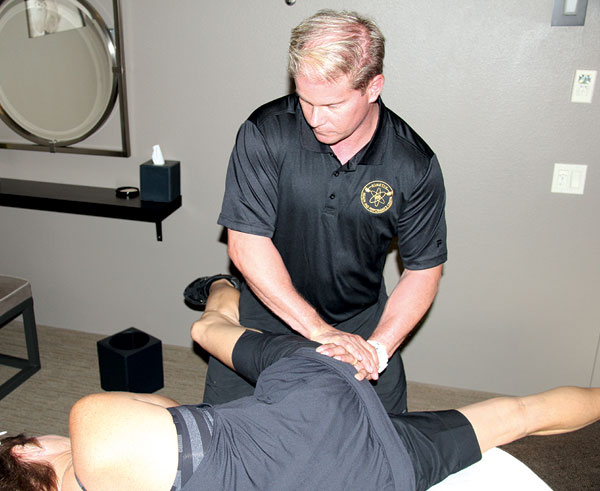
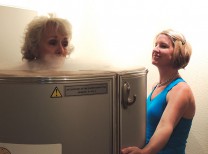
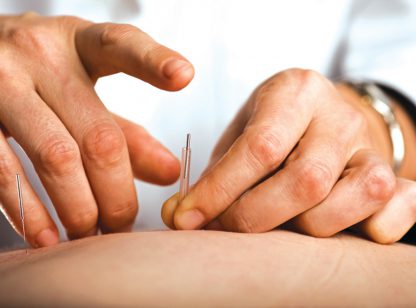


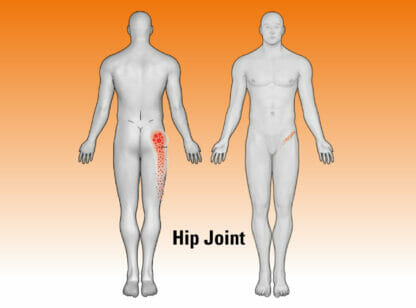
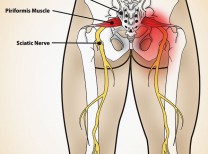


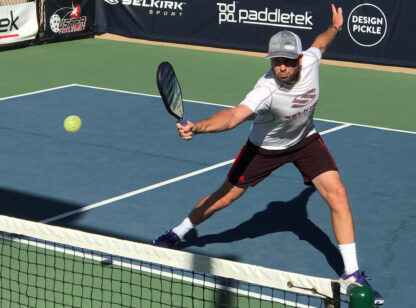




























Comments (0)